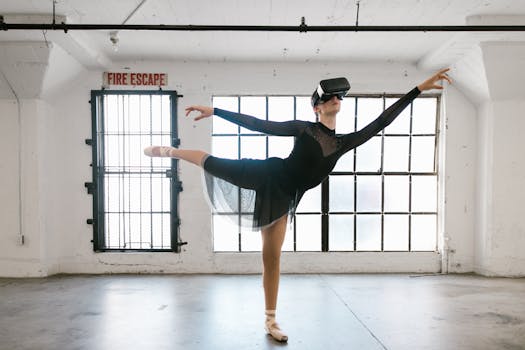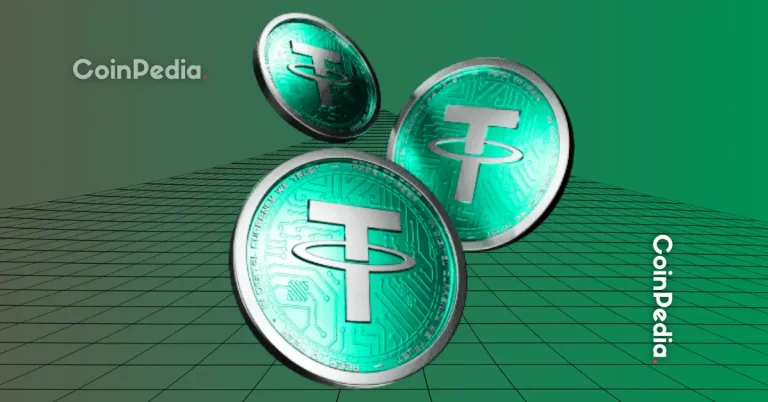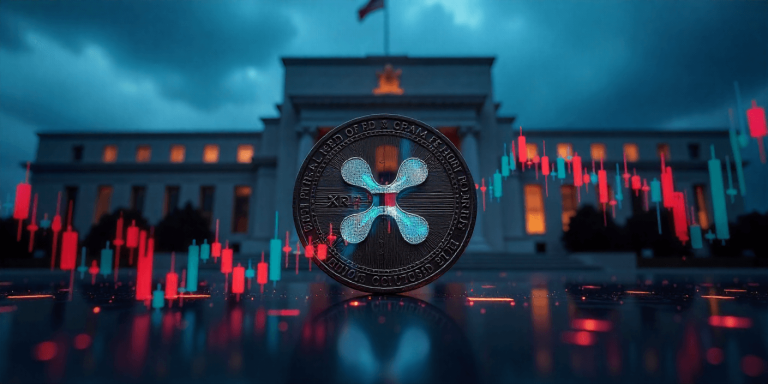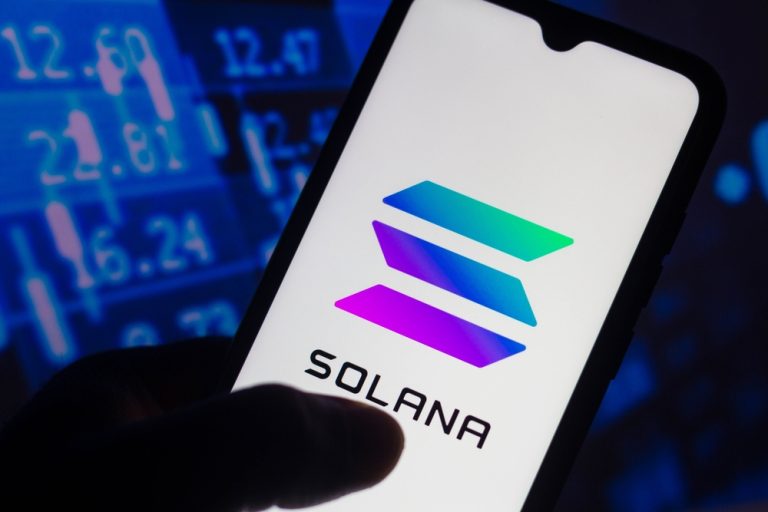
Exploring the Future: Virtual Reality Art Installations
Takeaways: Virtual reality (VR) art installations are redefining the boundaries of creativity by merging technology with artistic expression. These immersive experiences allow audiences to engage with art in ways previously unimaginable, fostering a deeper connection and interaction. As VR technology continues to evolve, so too does the potential for artists to innovate and inspire.
In recent years, virtual reality has emerged as a groundbreaking medium for artists, transforming the way we perceive and interact with art. VR art installations offer a unique blend of technology and creativity, allowing viewers to step into immersive worlds that challenge traditional notions of art consumption. This article delves into the emergence and impact of virtual reality art installations, exploring notable examples, the technology behind them, and their potential future in the art world.
The Rise of Virtual Reality in Art
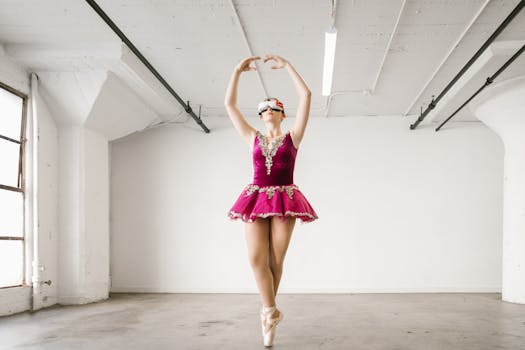
One of the most significant advantages of VR art installations is their ability to transport viewers to entirely new realms. For instance, renowned artist Olafur Eliasson created a VR experience called “The Weather Project,” which immerses participants in a digital representation of a sun and sky, prompting reflections on climate change and nature’s beauty. Such installations invite attendees to not only observe but also to experience and interact with art, fostering a deeper emotional connection.
Furthermore, VR art installations break down geographical barriers, allowing audiences from around the globe to access and experience art that may otherwise be out of reach. This democratization of art access is revolutionary, enabling artists from diverse backgrounds to showcase their work to a wider audience, ultimately enriching the global art community.
Notable Virtual Reality Art Installations
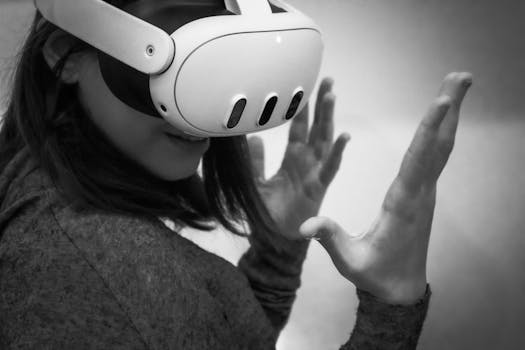
Another remarkable installation is “The Night Cafe” by creator Taras Lesko, which is inspired by Vincent van Gogh’s famous painting. This VR experience invites users to walk through a life-sized version of the artist’s iconic work, allowing them to experience the colors, textures, and atmosphere of the painting in a new and engaging way. By immersing viewers in a beloved artwork, Lesko bridges the gap between classic art and modern technology, demonstrating how VR can enhance our appreciation of historical masterpieces.
Moreover, the collaboration between artists and technology companies has resulted in innovative projects like “The Infinite Room” by artist Es Devlin. This installation utilizes VR to create an ever-expanding space filled with mirrors and lights, creating an illusion of infinity. Visitors are enveloped in a sensory experience that challenges their perception of reality, showcasing the powerful capabilities of VR in creating captivating art experiences.
The Future of VR Art Installations
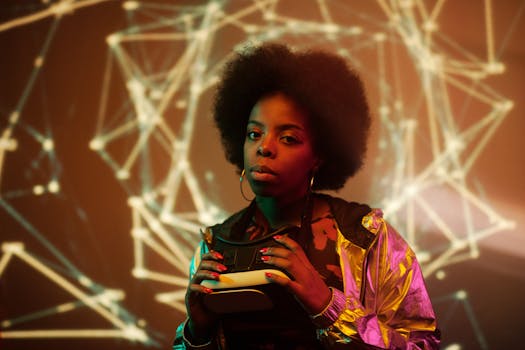
Moreover, as VR becomes more accessible, we can expect an increase in collaborative projects between artists, technologists, and institutions, fostering innovation and experimentation. This collaborative spirit is essential in pushing the boundaries of what is possible in the realm of art and technology.
In addition, as audiences become more familiar with VR experiences, we may see a shift in how art is consumed and appreciated. Traditional gallery spaces may evolve to accommodate these immersive installations, allowing for a more interactive and engaging art-viewing experience.
Conclusion
